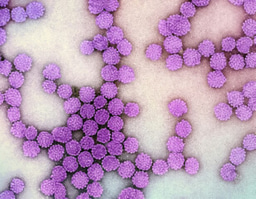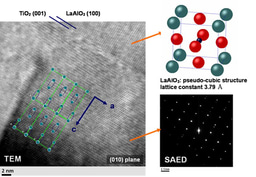Collaboration Over Competition Unveils Gene Clusters in Coral Animals
Published in Chemistry, Ecology & Evolution, and Cell & Molecular Biology
As scientists, we’re often driven by genuine curiosity: the pursuit of discovery and a desire to push the boundaries of our understanding of the world around us. But despite that shared motivation, beyond collaborations between labs with different specialties, much of what we do often remains siloed.
Despite our shared goals as scientists, the academic system isn’t built to encourage collaboration. Funding is finite and increasingly competitive. Recognition often goes to the lab that publishes first, not the one that builds on shared knowledge. Add to that the fact that groups working on similar problems are often scattered across institutions and countries, and it’s easy to see why many labs end up advancing in isolation. But this redundancy comes at a cost: parallel experiments drain resources, duplicate effort, and sometimes lead to rushed or lower-quality science under the pressure to be first. When research funding is tight and the stakes of discovery are high, we can’t afford to work in isolation.
During COVID, when most labs had paused non-COVID research and in-person conferences were off the table, collaboration became even harder. Around that time, our lab and Eric Schmidt’s lab independently characterized and published, in the same issue of Nature Chemical Biology, the discovery of genomically encoded octocoral terpene synthases. Both papers also revealed the discovery of putative biosynthetic gene clusters encoded in octocoral genomes. Dr. Immo Burkhardt, from the Moore Lab, identified a cluster in a sea pansy, while Paul, at the time a postdoc in the Schmidt lab, uncovered a homologous region in an encrusting Erythropodium gorgonian soft coral. That moment could have triggered a race between the groups to validate the first potential metazoan biosynthetic gene clusters. Instead, we extended an olive branch. The unexpected genomic homology in the distantly related coral’s genomes didn’t just suggest a deeper evolutionary story—it set the stage for collaboration. In a way, the shared DNA led us down a yellow brick road of sorts, paved with A, C, G, and T, guiding two labs toward each other rather than into competition.
We started slowly calls, sharing data, discussing our approaches and soon realized the power of our combined strengths. The Moore Lab’s expertise in genomics and phylogenetics was a perfect complement to the Schmidt Lab’s biochemical platform. From here we built a plan. Dr. Immo Burkhardt, who had played a key role in the initial Moore Lab findings, mentored Natalie, a PhD candidate in the lab, as she took the reins on sequencing, assembling, and genome mining efforts. While she identified genes related to terpenoid biosynthesis from phylogenetically distinct octocorals, Paul characterized the encoded enzymes through a combination of heterologous expression systems.
While each lab could have pursued the work independently, doing so would have meant duplicated effort and a slower path to discovery. Each lab brought a distinct strength to the collaboration: the Moore Lab’s genomic and evolutionary insight guided gene identification across coral lineages, while the Schmidt Lab’s biochemical expertise enabled rapid functional validation. Together, these approaches informed and reinforced one another, accelerating discovery and expanding the scope of what either lab could have achieved alone.
Through this collaboration, we uncovered a conserved five gene biosynthetic cluster responsible for the production of briarane type diterpenoids. We sequenced five octocoral species from evolutionarily distinct families, all known producers of briaranes, and found that each harbored this same gene cluster. Using heterologous expression, we reconstituted the biosynthesis of cembrene B γ-lactone, a molecule bearing the conserved lactone ring of briarane type diterpenes. This discovery not only validated the function of terpene cyclases, cytochrome P450s, and a short chain dehydrogenase acting in concert, but also demonstrated that animals, like microbes and plants, can use gene clusters to encode complex chemical pathways. It expands the known boundaries of biosynthetic logic in metazoans and reinforces the evolutionary significance of gene clustering for specialized metabolite production.
Given today’s scientific challenges, we need more of this: bold, interdisciplinary collaboration that maximizes resources, amplifies expertise, and leads to discoveries that isolated efforts might never achieve. Last spring, a full year after beginning this project together over Zoom, our two labs finally met in person at a conference in Ventura. During a break, we sat in the sunshine on the patio, sharing laughs and stories, and marveled at how much farther we’d come by working together instead of competing. We tag-teamed each other’s posters and felt a genuine sense of camaraderie and mutual respect. So whatever the reason you’ve hesitated to send that email or open the door to collaboration, we urge you to try. Science needs more shared effort, not less.




Please sign in or register for FREE
If you are a registered user on Research Communities by Springer Nature, please sign in